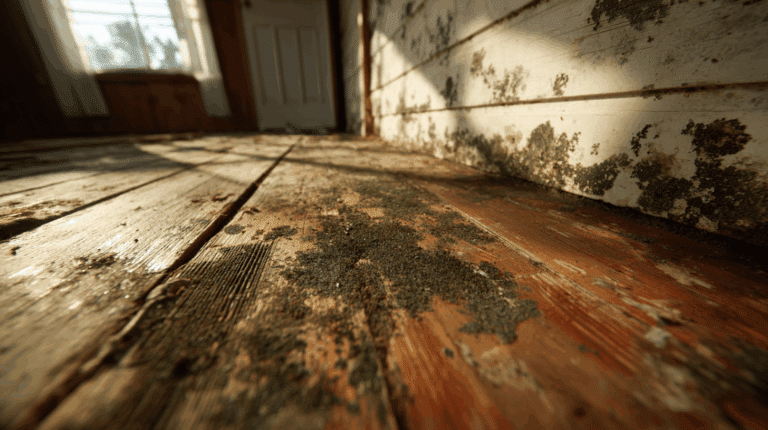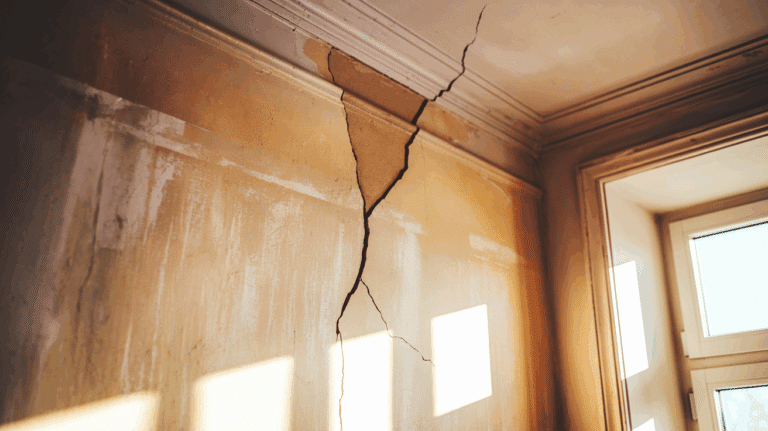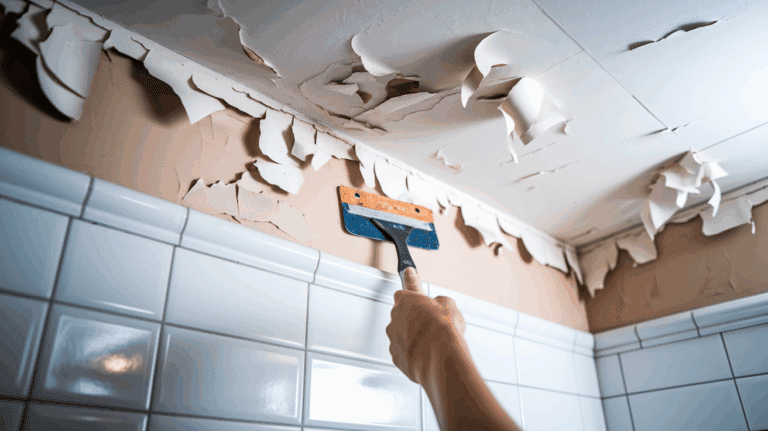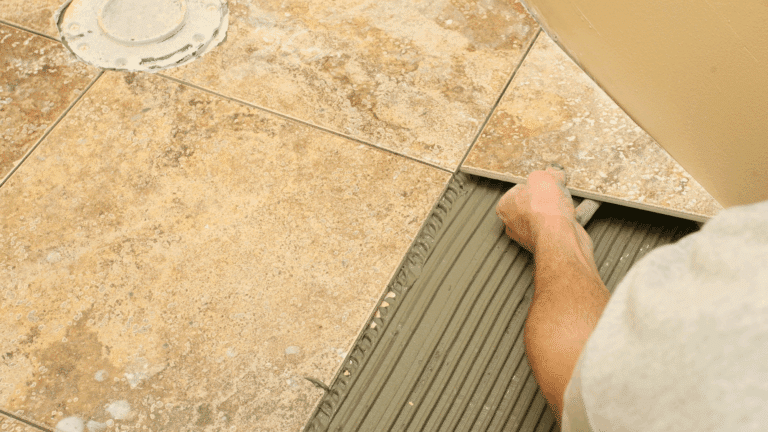Does Paint Expire? Know When to Toss Old Cans
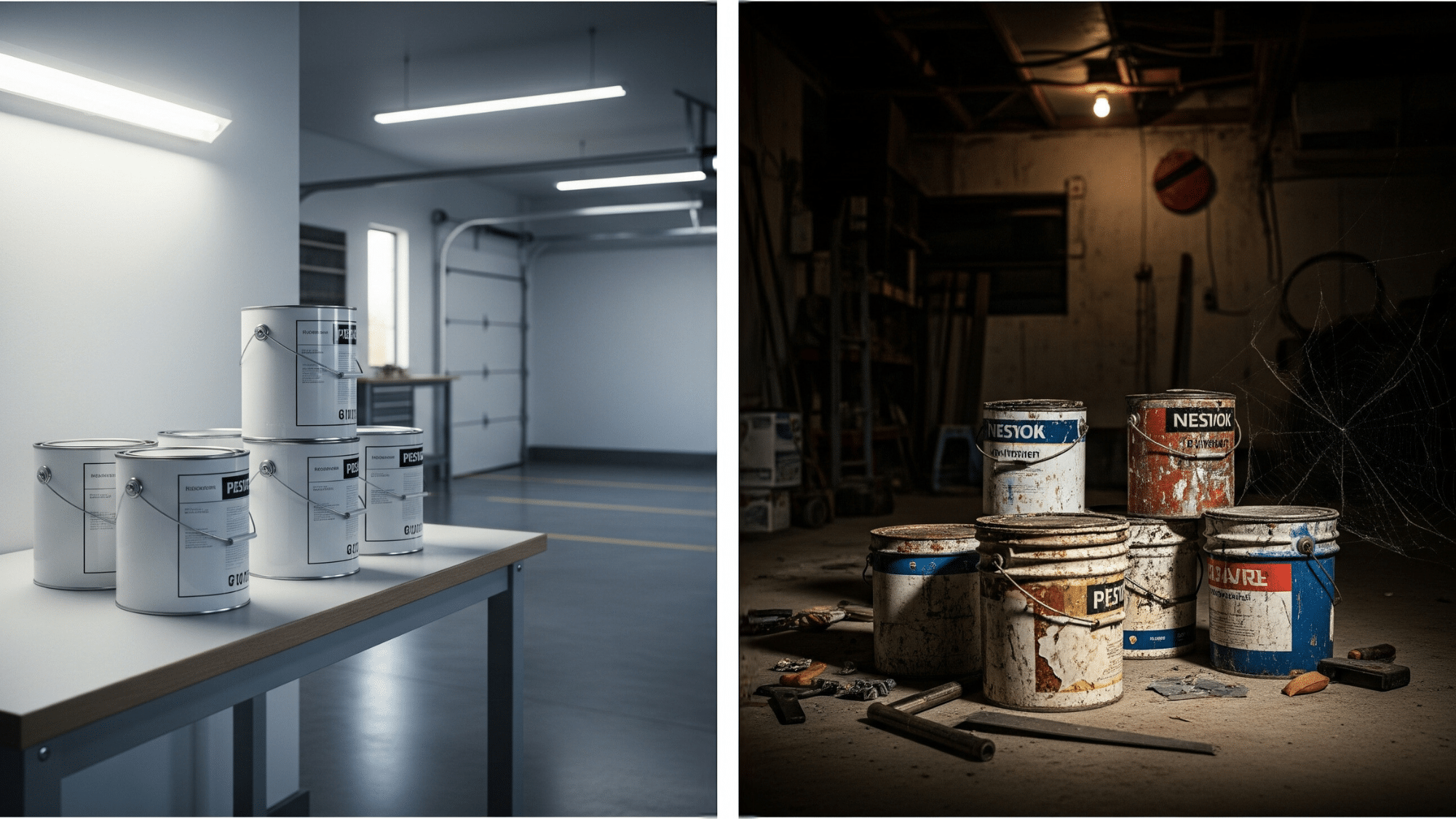
Ever found an old paint can tucked away in the garage and wondered: Has this thing expired? Or can it even expire?
So, in short, yes!
Paint doesn’t last forever; it’s important to know when it’s time to toss it. Well, the answer depends on the type of paint, how it’s stored, and whether it’s been used before.
In this post, we’ll cover everything you need to know about paint shelf life: how long different types of paint last, signs of spoilage, safe disposal tips, and why using old or bad paint could lead to bigger problems.
How Long Is Paint Good For?
The answer to this question can vary depending on the type of paint and storage conditions. Below is a breakdown of typical shelf life based on paint type and proper storage:
| Type of Paint | Shelf Life (Unopened) | Shelf Life (Opened) |
|---|---|---|
| Latex/Water-Based Paint | Up to 10 years | 2–5 years, if stored well |
| Oil-Based Paint | 10–15 years | Often lasts longer when sealed |
| Chalk and Milk Paint | Around 1–3 years | Around 1–3 years |
| Spray Paint | About 2–3 years | 2–3 years, if the can is intact |
Does Paint Expire?
How to Tell If Paint Has Expired?
Paint does go bad over time, and you can spot it using your senses. Here are some of the most common signs meaning that your paint may have expired:
- Foul Smell: Strong sour, moldy, or rancid smell: If it smells bad, it’s likely spoiled.
- Loss of Consistency: Separation that doesn’t mix back together after stirring: If the paint doesn’t return to its smooth consistency, it’s time to toss it.
- Degraded Texture: Gumminess, clumps, or thick, rubbery texture: These are signs of degradation.
- Mold or Rust: Visible mold, rust in the can, or dried/cracked lid: Any of these means the paint is compromised.
- Performance: Bad performance when applied, If the paint peels, dries unevenly, or doesn’t cover well, it’s expired.
Why is Expired Paint Harmful?
Using expired paint can lead to a range of problems that affect both the look and safety of your project. You might notice an uneven or blotchy finish because old paint often doesn’t apply smoothly.
It can also bubble, peel, or crack once dry, as it no longer adheres properly to surfaces. Drying may take much longer, or not happen at all, leaving a tacky, unusable result.
In some cases, deteriorating paint can release harmful VOCs (volatile organic compounds), which pose health risks through fumes, irritants, or even mold spores.
Disposing the Expired One Properly
Proper disposal of expired paint is important for both environmental and safety reasons. You should never pour old paint down the drain or into the soil, as it can pollute water sources and harm ecosystems.
For small amounts, let the paint dry out by adding newspaper to absorb the liquid, then toss it in the trash if local rules allow. Products like paint hardener & cat litter can also help solidify leftover paint for easier disposal.
For larger quantities, take them to your local waste disposal center. Many communities have drop-off programs specifically for old paint.
Some hardware stores also accept expired paint for recycling or safe disposal, so it’s worth checking with your local branch before tossing it out.
Preventing Your Paint from Getting Old too Soon
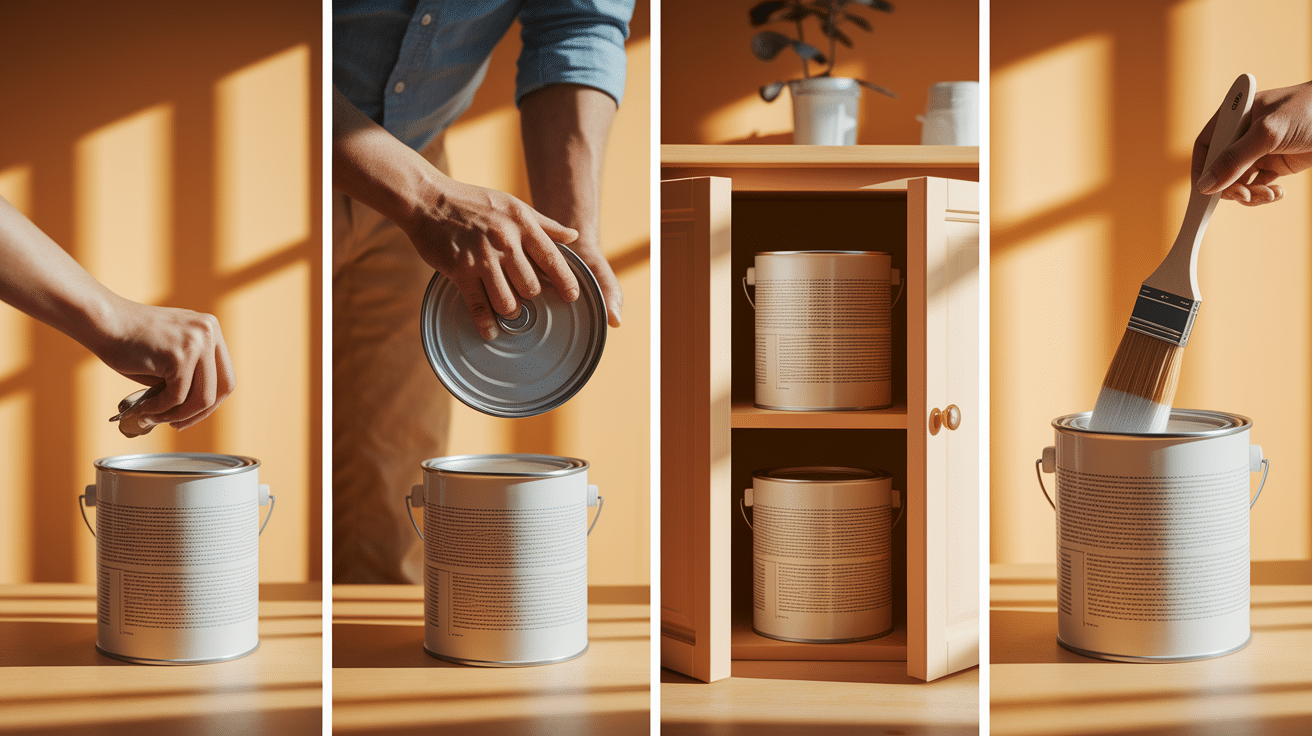
Proper storage can make a big difference in how long your paint stays usable. Here’s how to keep it from going bad too soon:
- Seal the lid tightly after each use: Use a rubber mallet to gently tap it shut—don’t use a hammer, which can warp the lid.
- Store the can upside down once sealed: This helps create an airtight seal and prevents skin from forming on top.
- Keep it in a cool, dry place: Avoid garages or sheds that experience extreme heat or freezing. Indoor storage is best.
- Labelling the Can: Label the can with the date opened and the room or project it was used for. That way, you’re not guessing years later.
- Use clean tools when dipping into the can: Dirty brushes or rollers can introduce bacteria and shorten the paint’s life.
The Bottom Line
By this far you already know that Paint doesn’t last forever, even if it’s sealed tight and shoved in the back of your tool shed.
Now that you know how long paint is good for and how to spot if it has gone bad, you can save yourself from using expired paint and avoid frustrating (and potentially hazardous) results.
Just remember to always test old paint before using it, store it wisely, and discard it safely when in doubt. A little inspection now can save you a lot of cleanup later.
Let me know any doubts in the Comment Section below.

